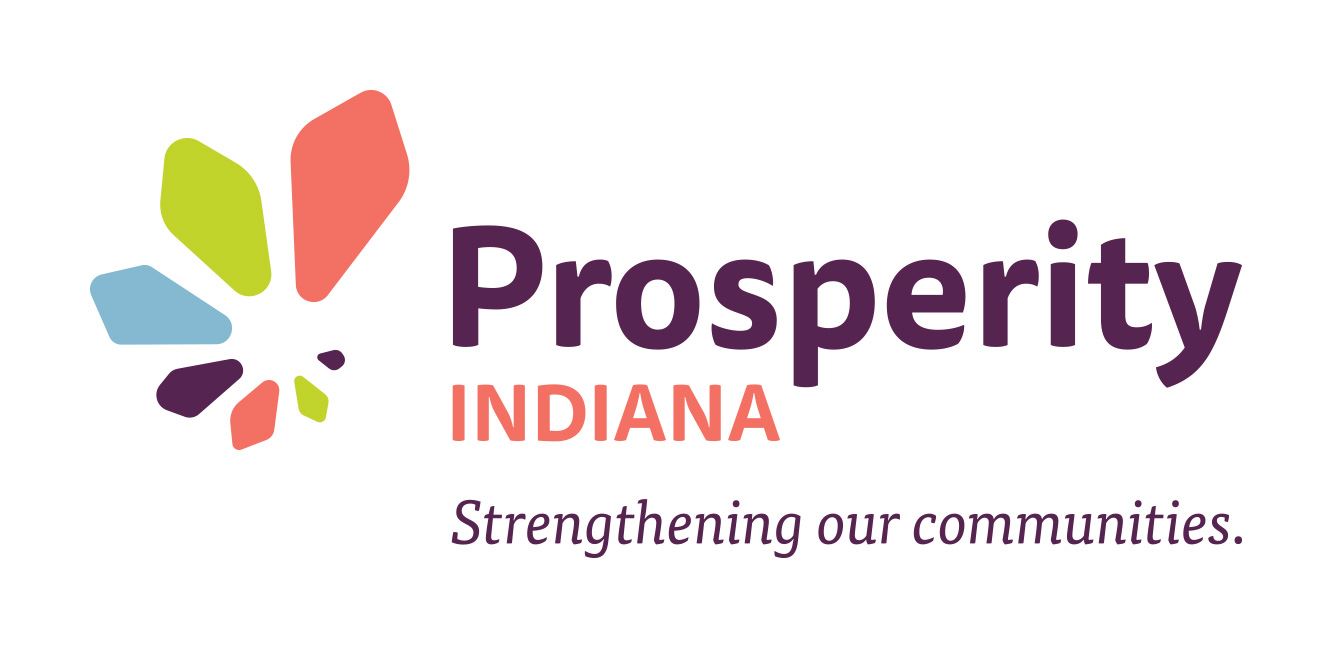Last week, The Wall Street Journal published an article about the miraculous economic recovery in Elkhart, Indiana. In March 2009, the unemployment rate in Elkhart was 20 percent, the highest in the nation; in January 2018, the unemployment rate was 2 percent, half the national average. (Moody’s Analytics ranked Elkhart’s local jobs rebound as the largest among 403 metro areas analyzed.) The recovery is largely attributed to the region’s concentration of RV manufacturing jobs, which offer great pay and benefits. In 2016, the average annual salary for a worker was $68,000 and pay continues to rise. Other job perks resemble those provided by firms in Silicon Valley, such as “dream managers”—counselors who help workers plan vacations or handle family problems.
The RV industry sets wages and standards to a level few competitors can match; yet, the picture of Elkhart’s economic recovery is not as rosy as first appears. WSJ describes Elkhart’s economy as “a Kuwait in the cornfields”—that is, operating like an oil economy, sensitive to booms and busts. And although some residents remain frugal during booms to weather the busts, systemic issues arise from lack of business diversity.
The prospect of a factory job with great pay and benefits deters young people from attaining higher education or entering other industries. These trends cause two problems: workers’ skill levels remain low (they are not qualified for advanced jobs) and industries with comparatively lower pay (i.e. food service) cannot attract and retain employees, creating a mismatch between supply and demand. Case in point: "A McDonald’s failed to open for lunch last fall because managers couldn’t corral enough hands at $8 an hour to serve the lines waiting at the doors."
Elkhart illustrates the importance of business diversity in terms of economic robustness, especially during economic downturns, and attending to the daily needs of neighborhood residents. Studies show that retail diversity—the availability of a wide array of necessary goods and services at a variety of price points—contributes significantly to a neighborhood’s economic health and that of its residents. In addition, retail diversity contributes to a neighborhood’s unique character (i.e. the cultural value of independent retailers as compared to chain stores).
Yet the government’s role in preserving and encouraging retail diversity, affordability, and access is marked by “a history of fits and starts” when compared to the housing sector, for example, where government has consistently maintained a significant role. Historically, planning for neighborhood retail was often overlooked and/or outsourced to local organizations through Business Improvement Districts (BIDs). In an era when the public sector was in retreat, BIDs assumed the responsibility to stabilize physical conditions on important retail strips. Although the public sector can employ a number of strategies to preserve and encourage retail diversity (i.e. formula retail zoning), private funders also have a role to play.
For example, funders may explore starting a neighborhood commercial development fund, a retail diversity fund, or incubator and entrepreneurship programs. A neighborhood commercial development fund would provide funding for local community developers to redevelop vacant or underutilized commercial spaces. Community development financial institutions in Indiana already fund similar types of projects. For example, the Local Initiatives Support Corporation (LISC) operates the Small Business Façade and Property Improvement Program, which provides matching grants to property owners willing to renovate storefronts, such as adding new signage, windows, or painting.
A retail diversity fund would establish a new competitive grant program targeted specifically at the objective of neighborhood retail diversity. The fund could be granted to a local organization to administer a participatory community process to determine a specific type of retail use that is needed in the neighborhood. The community organization could then use the rest of the grant to help identify and subsidize the location of such a business.
Another approach is to develop and fund incubator and entrepreneurship programs. Recommended interventions include helping program graduates find affordable storefront space by subsidizing a short-term initial lease or offering low-interest loans. These programs can also be effective at diversifying local business markets. Marcus Owens, President and CEO at Northside Economic Opportunity Network (NEON) in Minneapolis, MN, said there is saturation in the market of certain types of businesses—for example, beauty parlors and comfort food restaurants in NEON’s service area. NEON provides training and funding opportunities to diversify aspiring entrepreneurs’ skills sets thereby diversifying local business markets.
Supporting retail diversity through innovative funding strategies isn’t the silver bullet to addressing problems associated with the concentration of particular jobs, but it is part of a comprehensive solution to build workers’ skills sets, increase a region’s economic robustness, make neighborhoods desirable places to live and work, and attend to residents’ daily needs.

